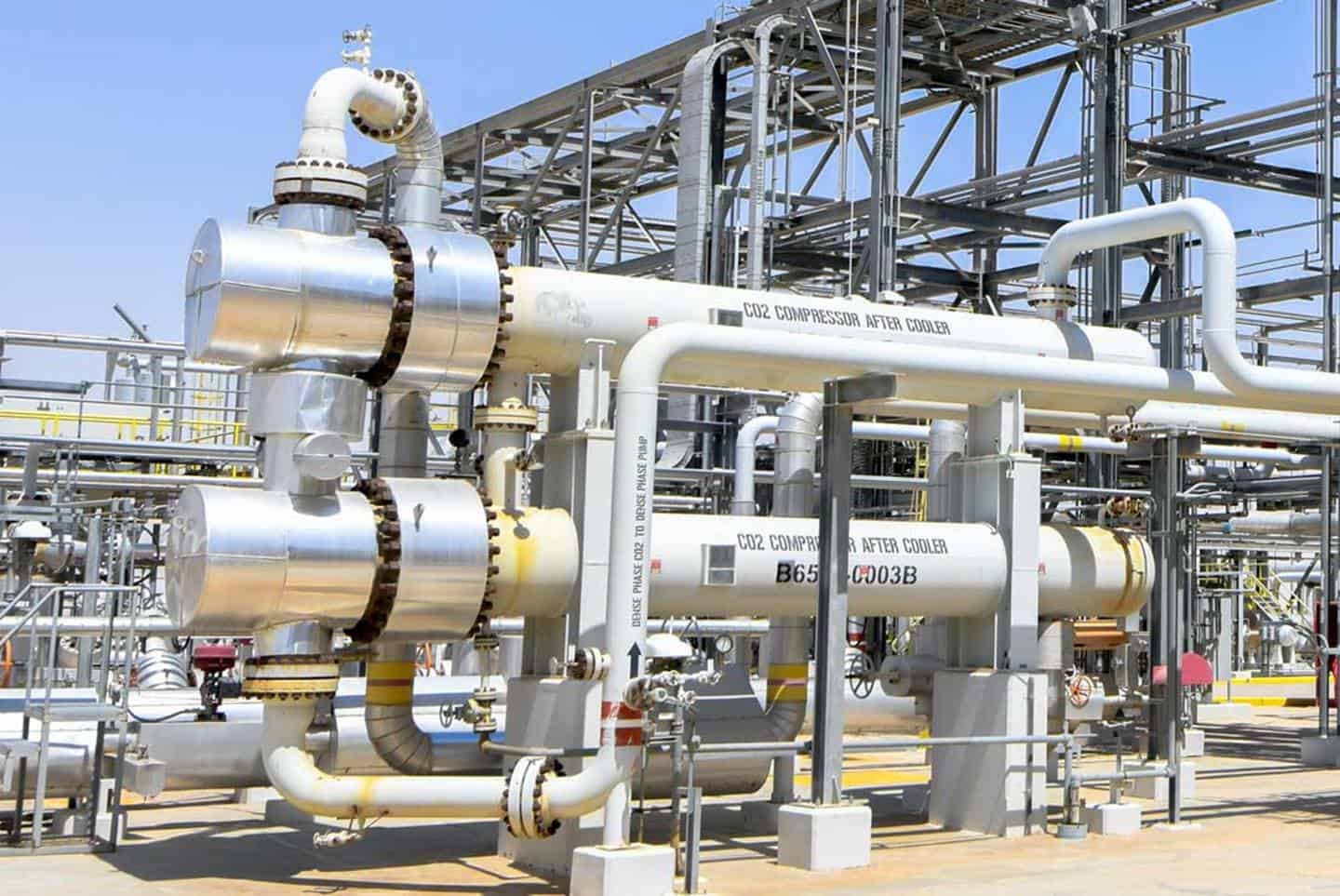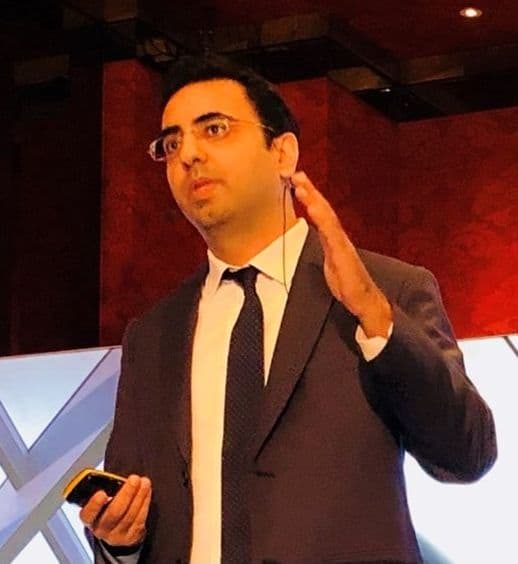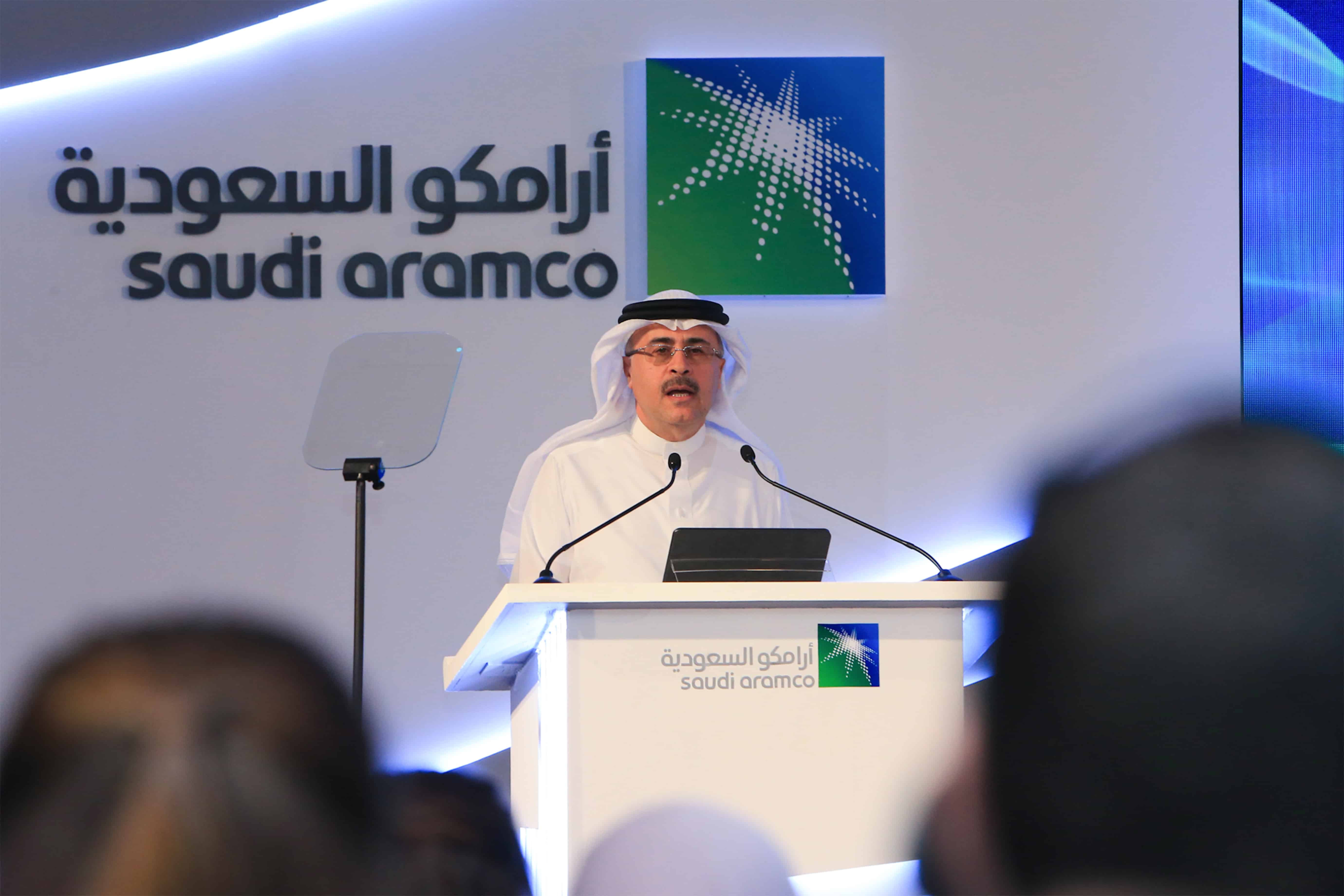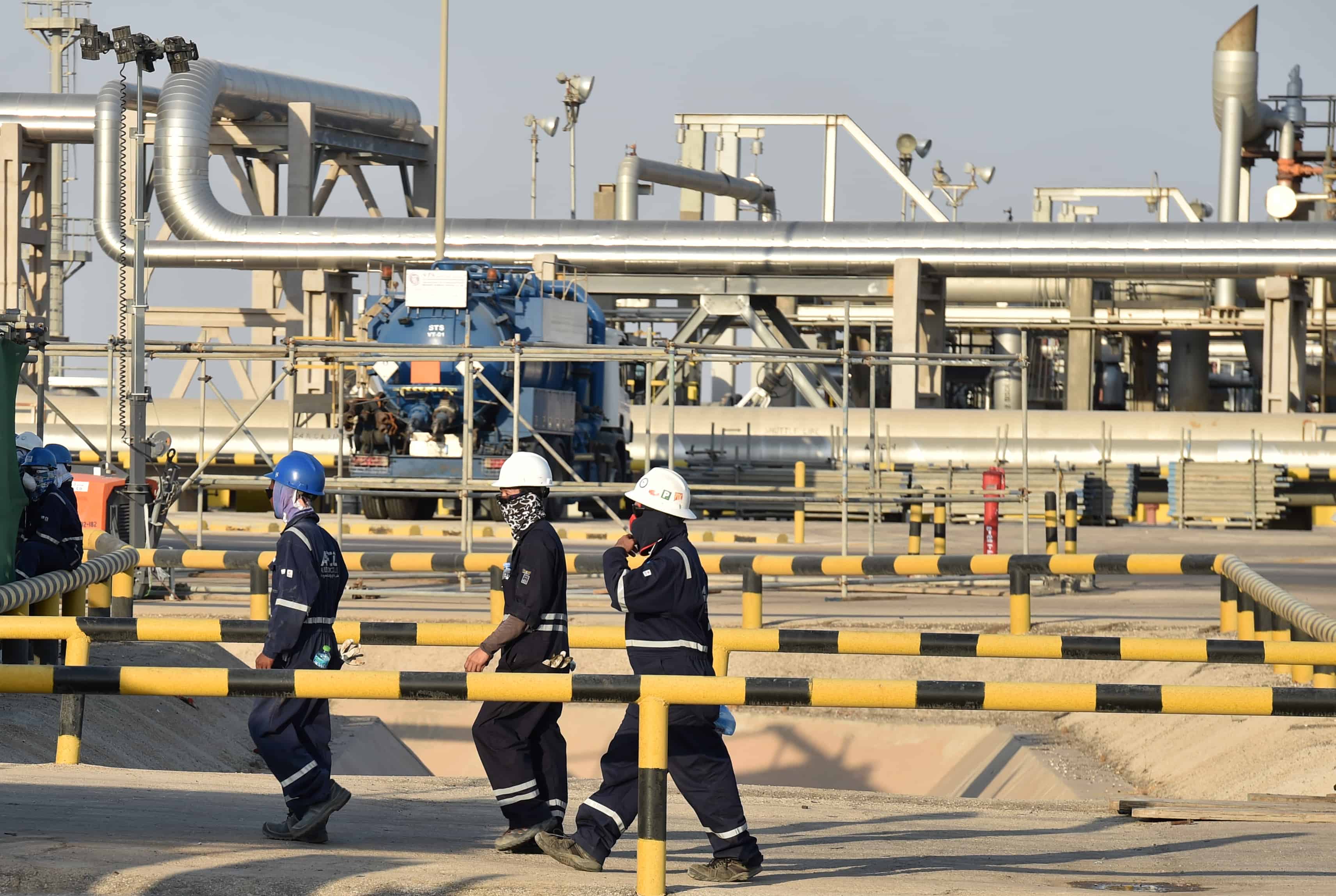The Saudi Arabian Oil Company (Saudi Aramco) has a slew of projects lined up that, experts say, will make 2022 really productive for the world’s largest oil company.
For example, Aramco expects the Hawiyah Gas Plant expansion to be on track in 2022 as it continues to advance the Hawiyah Unayzah reservoir gas storage program, the oil major said in its recently-released annual report for 2021.
The reservoir gas storage program is expected to provide 2 billion standard cubic feet per day (bscfd) of gas for reintroduction into the Master Gas System (MGS) by 2024.

The Saudi-exchange-listed company has disclosed plans to invest in future growth projects, including expanding the maximum sustainable capacity (MSC) to 13 million barrels per day (mmbpd) by 2027.
In addition, Aramco aims to develop its strategically integrated downstream business in high-growth economies such as China, India, and Southeast Asia.
The company intends to restart two refining and petrochemical joint ventures with Malaysian firm PETRONAS, collectively known as PRefChem, in the second quarter of 2022.
These projects, located in Johor, Malaysia, adjacent to Singapore, Asia’s refined products trading hub, had commenced startup in the second half of 2019. However, operations were postponed.
Under a long-term supply agreement, Saudi Aramco is expected to provide a significant proportion of PRefChem’s crude supply, which presents an expansion opportunity in Southeast Asia and opens up new markets for its crude oil production.
Meanwhile, the MGS Expansion Phase II is expected to increase the overall gas supply capacity to 12.5 bscfd, including expanding the East-West MGS to ultimately deliver 5.2 bscfd to the central and western regions to support future utility and industrial development.
The project is likely to be completed in the second half of 2022.
In 2021, Aramco made its first significant investment in renewables by taking a 30-percent stake in the 1.5-GW Sudair Solar PV plant through SAPCO, a wholly-owned subsidiary.
The company has entered into a shareholders’ agreement with the sovereign Public Investment Fund (PIF) and ACWA Power to invest in the Sudair Solar PV plant.
The project, one of the largest solar plants in the region, has a capacity of 1.5 GW. Its first phase is expected to begin producing electricity during the second half of 2022.

“Aramco has outlined a clear strategy to continue to invest in both upstream and downstream segments, and for 2022 has provided capex guidance of $40-50 billion, a sharp increase from the $32 billion spent in 2021,” Rehan Akbar, Senior Vice-President at Moody’s, told TRENDS.
The key areas of investment focus over the coming years include increasing both crude oil and natural gas production capacity, growing its proportion of liquids to chemicals and investing in renewable energy projects, he added.
“These are important investments and as an example, increasing gas production will be able to displace crude oil that is burned for power generation, allowing crude oil to be used to produce more value-added products,” explained Akbar.
“With concerns of the global oil and gas sector underinvesting in new production, Aramco’s strategy to expand its maximum sustainable capacity to 13 mmbpd from 12 mmbpd by 2027 will allow it to increase its market share, should there be supply constraints in the future,” he noted.
In March, Saudi Aramco said its net income increased 124 percent to $110 billion in 2021, compared to $49 billion in 2020.
This was the result of higher crude oil prices, stronger refining and chemicals margins, and the consolidation of full-year results of the Saudi Basic Industries Corporation (SABIC).
The oil giant declared a dividend of $18.8 billion for the fourth quarter of 2021, to be paid in Q1 2022.
In addition, the board of directors recommended that $4 billion in retained earnings be capitalized and bonus shares be distributed to shareholders, subject to required extraordinary general assembly and regulatory approvals.
Aramco declared its ambition to achieve net-zero Scope 1 and Scope 2 greenhouse gas emissions across its wholly-owned operated assets by 2050.
This initiative reinforces the long-term resilience and sustainability of the company, which already has one of the lowest upstream carbon intensities in the industry.

“As we look ahead to the future, we are optimistic that energy demand will remain relatively healthy,” company President and Chief Executive Officer Amin H Nasser said in the annual report.
“Longer-term, we will continue to position Aramco to be a cornerstone of world energy security, providing reliable and ever-cleaner energy throughout the global energy transition,” he added.








